Majid Farzaneh
ArcFace Knows the Gender, Too!
Dec 19, 2021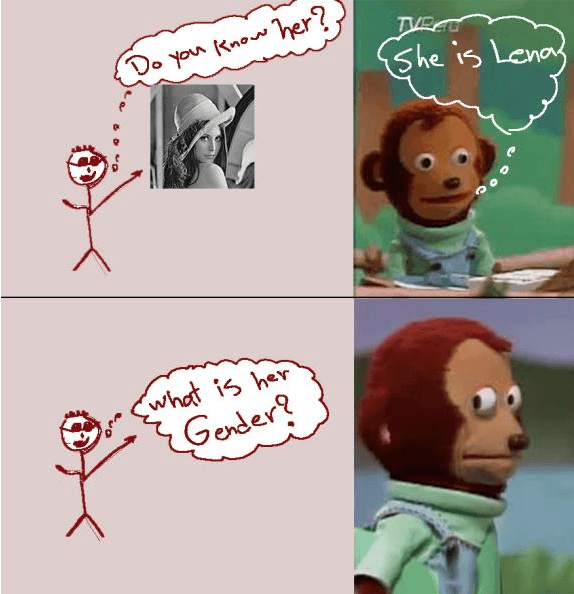
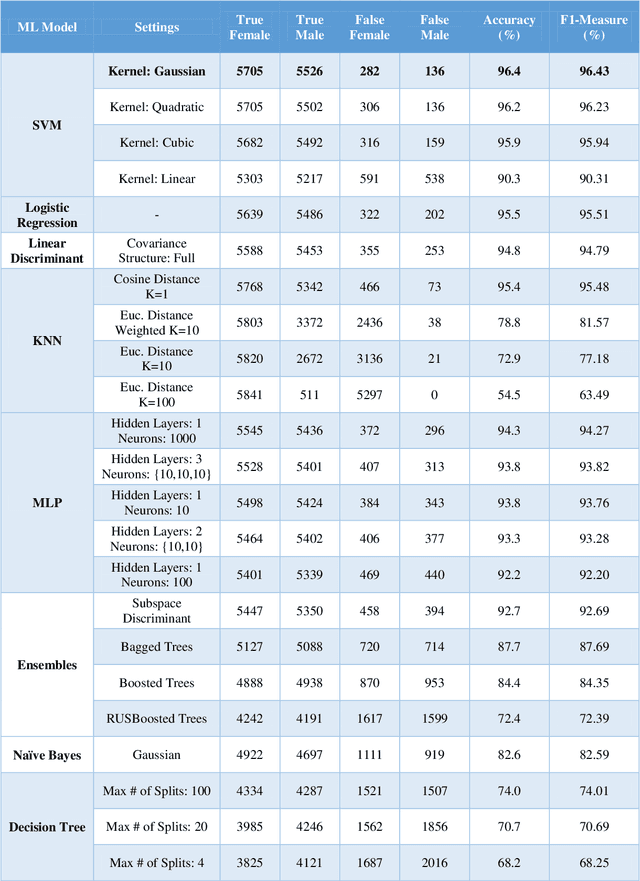
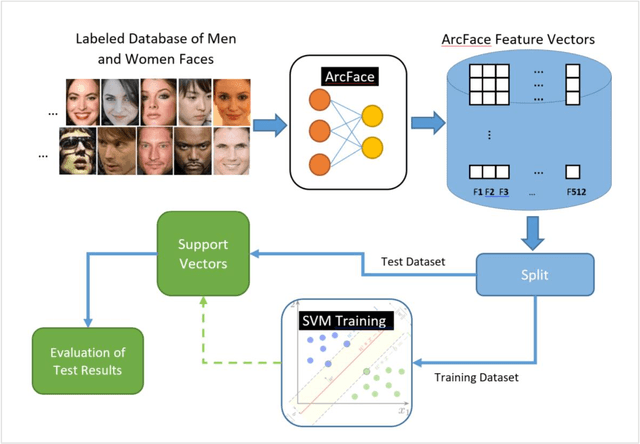
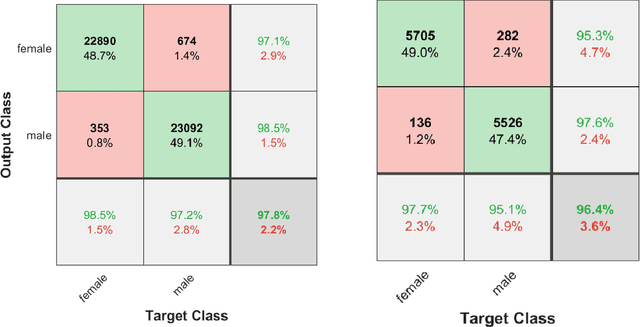
Abstract:The main idea of this paper is that if a model can recognize a person, of course, it must be able to know the gender of that person, too. Therefore, instead of defining a new model for gender classification, this paper uses ArcFace features to determine gender, based on the facial features. A face image is given to ArcFace and 512 features are obtained for the face. Then, with the help of traditional machine learning models, gender is determined. Discriminative methods such as Support Vector Machine (SVM), Linear Discriminant, and Logistic Regression well demonstrate that the features extracted from the ArcFace create a remarkable distinction between the gender classes. Experiments on the Gender Classification Dataset show that SVM with Gaussian kernel is able to classify gender with an accuracy of 96.4% using ArcFace features.
GGA-MG: Generative Genetic Algorithm for Music Generation
Apr 07, 2020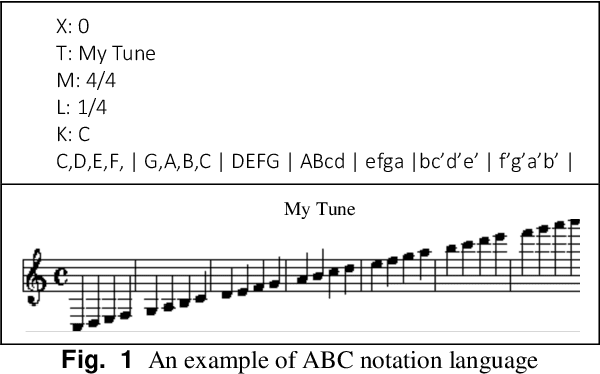
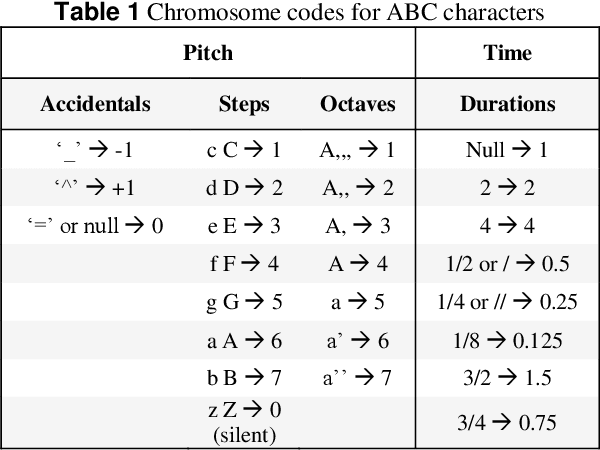
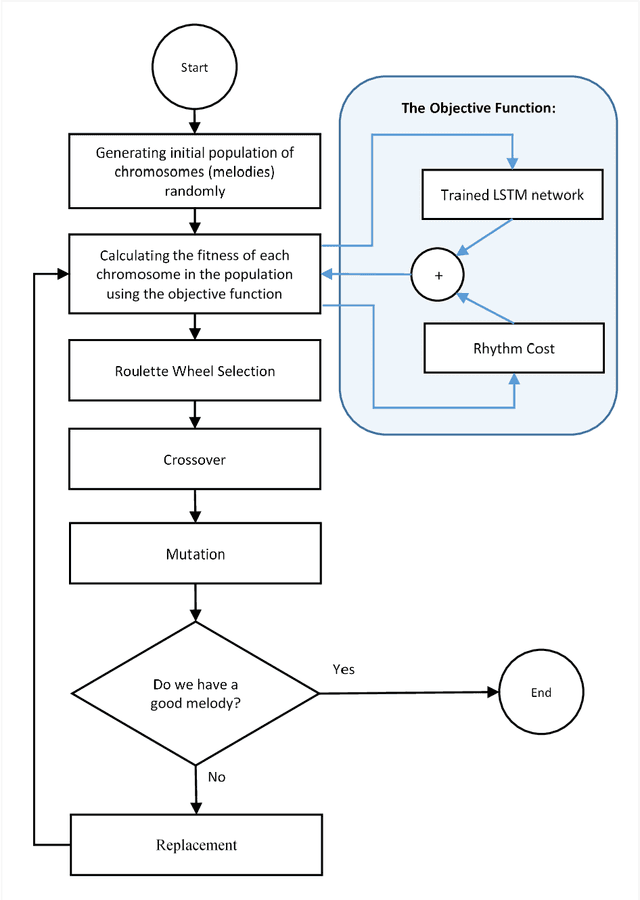
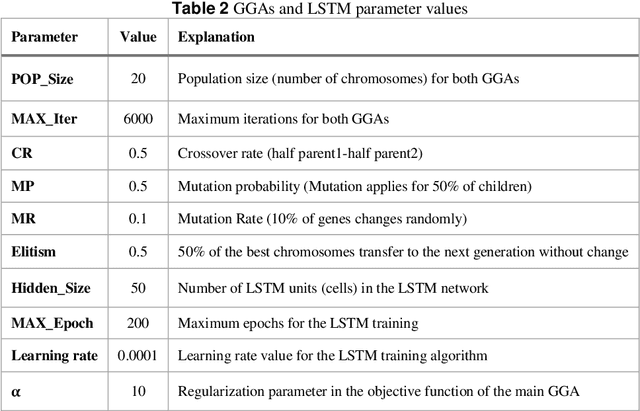
Abstract:Music Generation (MG) is an interesting research topic that links the art of music and Artificial Intelligence (AI). The goal is to train an artificial composer to generate infinite, fresh, and pleasurable musical pieces. Music has different parts such as melody, harmony, and rhythm. In this paper, we propose a Generative Genetic Algorithm (GGA) to produce a melody automatically. The main GGA uses a Long Short-Term Memory (LSTM) recurrent neural network as the objective function, which should be trained by a spectrum of bad-to-good melodies. These melodies have to be provided by another GGA with a different objective function. Good melodies have been provided by CAMPINs collection. We have considered the rhythm in this work, too. The experimental results clearly show that the proposed GGA method is able to generate eligible melodies with natural transitions and without rhythm error.
Melody Generation using an Interactive Evolutionary Algorithm
Jul 07, 2019



Abstract:Music generation with the aid of computers has been recently grabbed the attention of many scientists in the area of artificial intelligence. Deep learning techniques have evolved sequence production methods for this purpose. Yet, a challenging problem is how to evaluate generated music by a machine. In this paper, a methodology has been developed based upon an interactive evolutionary optimization method, with which the scoring of the generated melodies is primarily performed by human expertise, during the training. This music quality scoring is modeled using a Bi-LSTM recurrent neural network. Moreover, the innovative generated melody through a Genetic algorithm will then be evaluated using this Bi-LSTM network. The results of this mechanism clearly show that the proposed method is able to create pleasurable melodies with desired styles and pieces. This method is also quite fast, compared to the state-of-the-art data-oriented evolutionary systems.
 Add to Chrome
Add to Chrome Add to Firefox
Add to Firefox Add to Edge
Add to Edge